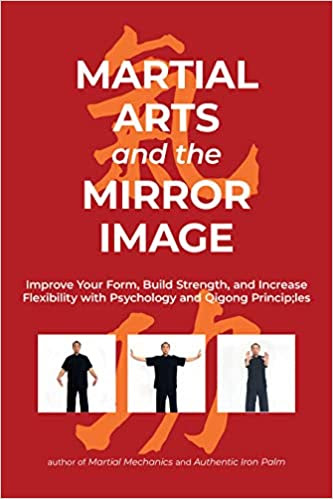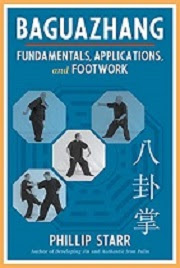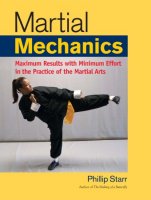by Phillip Starr
Buddhism was introduced to China in the late 12th century. While some of the earlier forms of it appealed to the aristocracy of Japan, others became more popular with the commoners. Zen was a monastic approach, centered in Kyoto and Kamakura, where the Shogun stayed. Because of his patronage, numerous temples were constructed and zen eventually prospered. The laity were generally better educated than most; they often served as advisors to the Shogun and leaders of the warrior class. For this reason, numerous historians have assumed that the samurai were attracted to zen and that when many samurai retired, they entered the priesthood. They have also surmised that because zen stresses self-discipline and a rather austere lifestyle (qualities also admired by the samurai), the professional warriors were devoted practitioners of zen. However, this is demonstrably incorrect, if you look at the circumstances of living in feudal Japan...
The rise of Japan's warrior class was marked by war; from the 10th to the 17th centuries, Japan was pretty much in a constant state of war. Professional warriors of the day lived knowing that they could well meet their demise in the next battle or even in the next hour. They simply didn't have the time to spend years sitting in meditation (which is what zen requires) to develop a spirit to deal with that. It wasn't a practical approach for the guys who wanted to see through the illusions of life right NOW. Certainly, they respected zen and often relied on its priesthood for education or advice but in their letters, scrolls, and densho (transmission scrolls of various martial arts schools), there are very few references to zen made by the warrior class.
So, in what form of spiritual or religious training did the samurai engage? To a large degree, the answer is “mikkyo.” Most of you are likely unfamiliar with it. Well, zen is an exoteric form of Buddhism, The same is true for most other sects such as Jodo and Shinshu. They don't necessarily involve any esoteric, arcane teachings that are imparted to their followers; their teachings are openly transmitted to anyone wishing to follow them This is true of almost all forms of Buddhism. One exception is mikkyo (aka., Shingon), which is probably the only esoteric form of Buddhism that has deep roots in Japan.
Mikkyo's approach (in a nutshell) to the problem of dealing with illusions of life is through various psychological and neurological exercises, many of which are thought to invoke supernatural powers. The mikkyo practitioner may utilize artistic designs (mandalas), various chants, or physical movements. The best known of these is “kuji-kiri” (meaning “finger cutting” or “finger weaving”) wherein various powers are thought to be invoked through the weaving of one's fingers together. In a rather crude way, they can be thought of as “spells.” On a more sophisticated level, they are rituals designed to instill great courage and confidence, and presence of mind when danger threatens. It's easy to see why the samurai would embrace this method; it can be done in a short time (unlike zen) and was immediately available.
So, why is it that so many of us believe that the traditional martial arts were closely connected to zen? Well, Yagyu Munenori (1571-1646), who was the second headmaster of the Yagyu Shinkage-ryu school of swordsmanship, was a friend and disciple of the well-known Buddhist priest, Takuan Soho. Takuan wrote several letters to Yagyu, using the analogy of martial strategy and swordsmanship to explain zen. So, did the famous “sword saint”, Miyamoto Musashi ever meet Takuan? Yes...in a fictional serialized novel that was finally made into a movie. In reality, the two probably never met.
Because of Yagyu's relationship with the Shogun, Takuan's letters to Munenori were quite influential and read by many daimyo (feudal lords). However, almost none of them actually practiced zen. After WWII, zen was introduced to the West in a big way and the supposed connection between Japan's martial arts and zen were further cemented in the public's imagination. The famous scholar, Daisetsu Suzuki (who had never practiced martial arts) wrote his very successful “Zen and Japanese Culture”, which devoted two long chapters to zen and swordsmanship.
Eugene Herrigel, a German who had briefly studied kyudo in Japan in the 1930's penned his successful book, “Zen and the Art of Archery.” Both Herrigel's and Suzuki's books used the medium of zen to try to explain the budo. All that has been written since then (on the zen-martial arts connection) is based upon these two books and/or Takuan's writings.
Of course, if a modern follower of the budo wishes to link his art to the practice of zen, that's fine. But it's good to know the historicity of it so that one can maintain the true, original spirit of these arts. Now you know the rest of the story-






.jpg)
.jpg)
.jpg)








.jpg)
.jpg)

.jpg)






























.jpg)
















